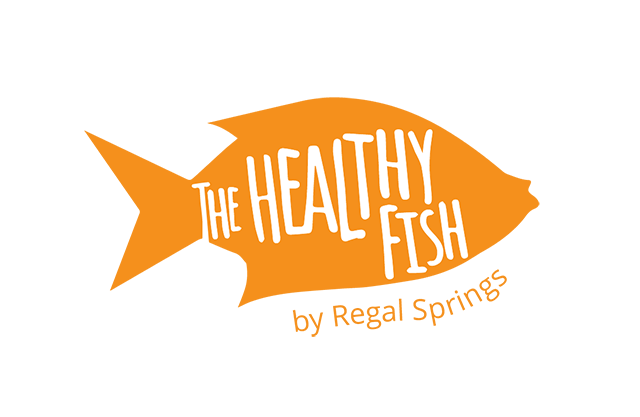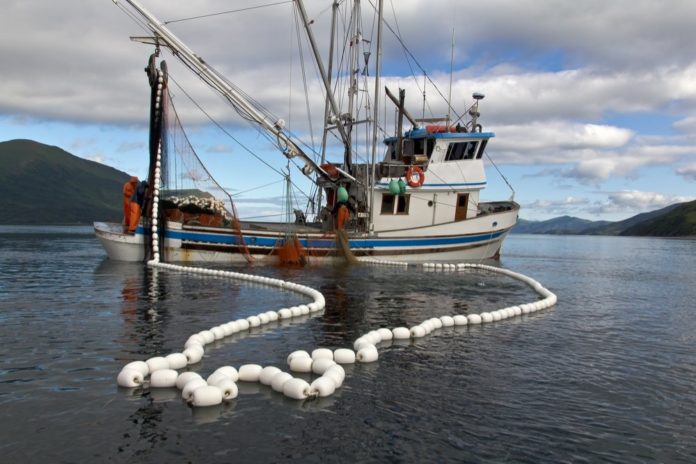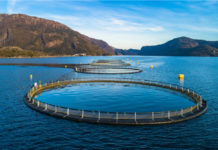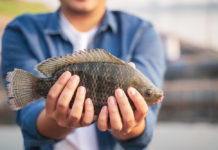Today, more and more of the seafood we eat is farmed rather than wild caught. This is good news for wild fish populations, which are nearly 90% depleted, but some species of fish are still safe to catch wild. Regulating bodies like the Marine Stewardship Council (MSC) monitor wild fish stocks carefully, because when a fishery only catches sustainable fish species, they avoid contributing to overfishing. This gives fish populations a chance to replenish, which ensures that wild fish can be enjoyed for generations to come.
So what differentiates a sustainable wild fishery from any other fishery? The MSC has a set of standards that govern these fisheries and shape how they operate. This helps consumers make informed choices that are healthy for them and good for the earth.
Fishing for Value, Not Weight
Not just any fish can be labelled “sustainable wild-caught.” Leading eco-label certifiers like the MSC rigorously evaluate fish species to ensure fish populations can handle regular fishing without becoming endangered or going extinct. One way to do this is through a catch-share system, which was first adopted by the U.S. Alaska Pollock Fishery in 1999. This system places a cap on how much each individual can catch, so there’s no competition between boats to catch the highest quantities. This means fishermen are focused on fishing in good conditions and getting value out of each catch.
Minimal Environmental Impact

Monitoring how fish are caught is important for wild fisheries. Fishing equipment must minimize impact to local plants and animals. The Kerguelen Islands Toothfish Fishery is a great example of a wild fishery that worked to reduce their impact on other species. Prior to being MSC-certified, they were accidentally killing endangered birds, like albatrosses and petrels. To reduce bird bycatch, the fishery implemented a series of measures to reduce the number of birds killed, which included no fishing during the grey petrels mating season and adding weights to nets so they sink faster. The Kerguelen Islands Toothfish Fishery was MSC-certified at the end of 2013.
Sustainable wild fisheries also refrain from harmful practices like bottom dredging. This is the practice of removing sediment from the bottom of bodies of water. Bottom dredging can hurt local plants and habitats and by extension, ecosystems.
Traceable and Sustainable
Throughout the entire supply chain, MSC-certified fish from a sustainable wild fishery are separately processed so they aren’t confused with other, non-MSC certified products. DNA-testing has revealed that less than 1% of MSC-labelled seafood is mislabeled. This means that you can rest assured the MSC-certified fish has been marked properly—from net, to shelf and to your dinner plate.
Continuous Improvement

The MSC wants their certification process to be a starting point rather than an ending one. Once a fishery is certified as sustainable, it still needs to demonstrate it is continuously striving to reduce its impact on fish populations and their habitats. 94% of MSC-certified fisheries have improved their sustainability in one or more ways since 2000. In addition, the MSC requires fisheries have a plan of action in case their fish populations don’t replenish as expected. These are just some of the performance standards that the MSC holds their associated fisheries to after they have achieved certification.
Next time you shop for fish and want to know what makes a wild-caught fish sustainable, you’ll have an answer: The rules and regulations for sustainable, wild fish mean only the fisheries with the lowest impact on the environment and fish populations make the cut. Keep your eyes peeled for these sustainable MSC-approved seafood options at more than 38,000 locations—from fishmongers to chain grocers—worldwide.
Related Reading:
- Look Inside a Sustainable Fish Farm
- The Impact of Diet and Environment on Wild and Farmed Fish
- 8 Excellent Stores & Markets to Buy Fresh Fish from in California
Photo Credits: cybercrisi / Shutterstock Inc., PiggyCoup / Shutterstock Inc., Laurel A Egan / Shutterstock Inc.






